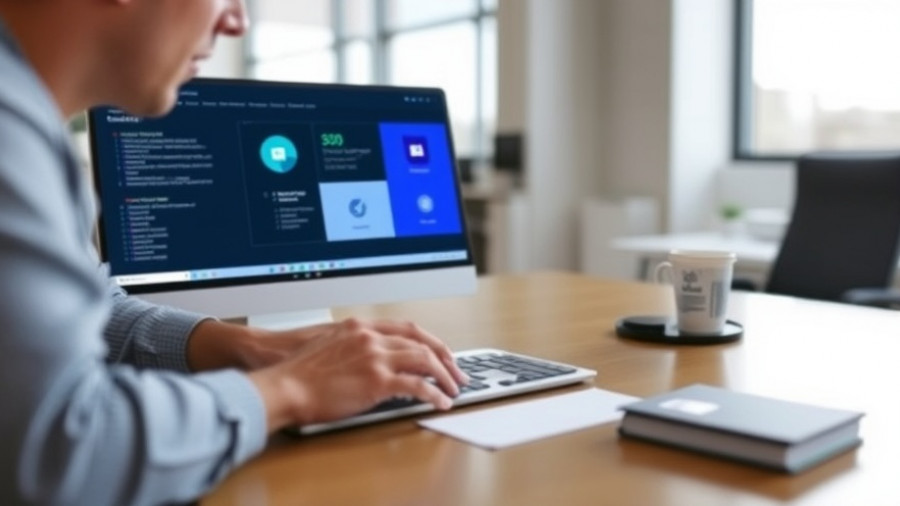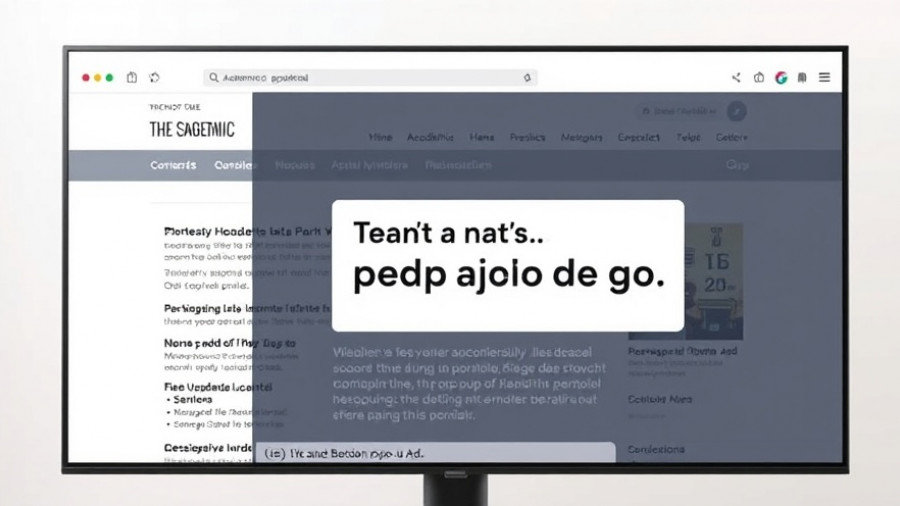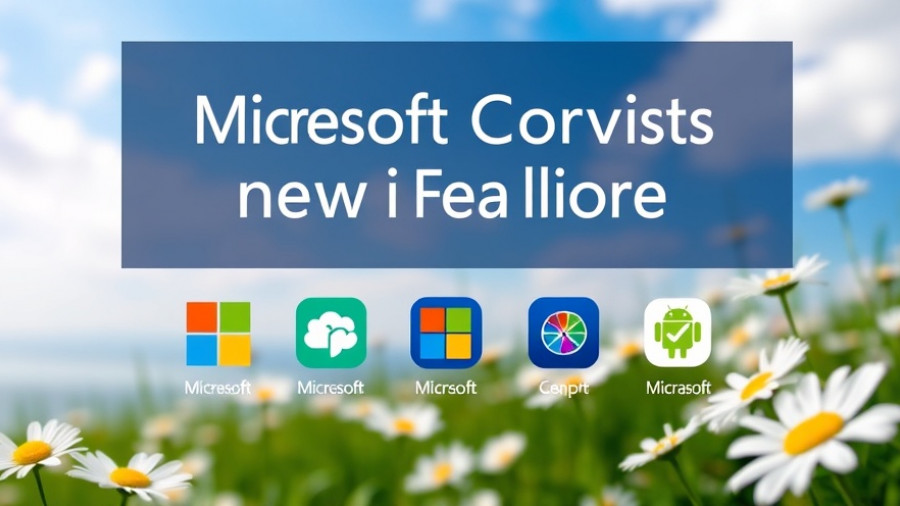
Unlock Your Creative Potential with Microsoft Copilot
In a fast-evolving landscape of graphic design, artificial intelligence is revealing new frontiers of creativity. Microsoft Copilot stands out as an innovative AI-powered companion that bridges traditional design techniques with modern automation. Not only does it offer efficiency and convenience, but it also encourages designers to envision greater possibilities in their projects.
How AI Transforms the Design Process
The integration of AI in the design process is akin to having a skilled collaborator by your side. Copilot allows you to craft mood boards and concepts quickly and dynamically, enhancing your brainstorming sessions considerably. For instance, if tasked with creating visuals for a tech startup, simply input relevant keywords, and let AI populate a mood board rich with ideas and inspirations, keeping you on trend and time-efficient. This revolutionary approach streamlines the early stages of design, allowing for expansive creativity without the initial grunt work.
Creating Visuals: Logos, Layouts, and More
Once you have settled on a concept, bringing it to life is the next key step. With AI innovation, Copilot simplifies logo and layout creation, offering numerous personalized options based on user inputs. Designers can rest easy knowing that maintaining visual consistency has never been easier. By inputting specific color schemes and style guidelines, Copilot generates variations that resonate with their brand identity. This versatility is crucial, whether you’re refining a freelance project or curating a comprehensive portfolio.
Best Practices for Engaging with Copilot AI
Harnessing the full potential of Microsoft Copilot hinges on understanding how to communicate your design intent clearly. Here are some tips to guide your interactions with AI:
- Write Clear Prompts: The more specific your descriptions are regarding the style, tone, and purpose, the more relevant the output will be.
- Use AI as a Partner: Treat the outputs as starting points. Your personal touch can refine results to better align with your creative vision.
- Combine Tools: Use Copilot alongside traditional design software to enhance and finalize your creations.
Future Implications of AI in Graphic Design
As we move forward, it's essential to recognize the trajectory AI holds for graphic design. The simplification of tasks means designers can devote more attention to creative endeavors, allowing fresh ideas and innovative techniques to flourish. The dynamic partnership between human creativity and AI's analytical capabilities is reshaping the industry's landscape. Copilot not only liberates designers from mundane tasks but also enhances collaboration in real-time, paving the way for enriched project outcomes.
Conclusion: Rising Above with Copilot
The emergence of tools such as Microsoft Copilot signifies a turning point where technology complements creative efforts. By alleviating the burdens of repetitive tasks, enhancing productivity, and delivering high-quality outputs, it establishes itself as a vital resource in a designer's toolkit. As we embrace this technological evolution, leveraging AI not only enhances individual capabilities but also raises the standard of design in our increasingly digital world. Creativity remains at the forefront; let Copilot be the companion guiding your next breakthrough.
 Add Row
Add Row  Add
Add 




Write A Comment